Friday, 10 May 2024
Menu
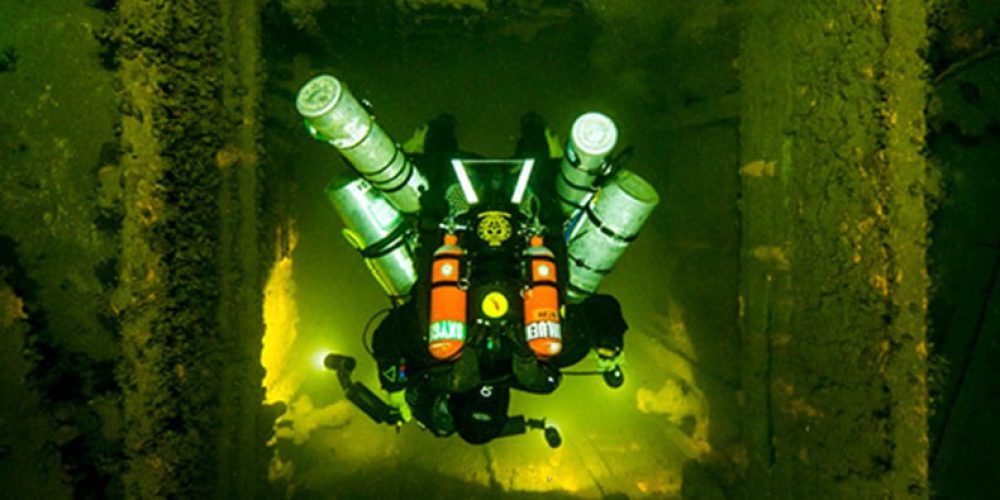
Stuttgart and Franken, dating from the Second World War, pose the greatest danger. The former is already leaking fuel, the latter, due to corrosion, may collapse at any time and cause a huge ecological disaster. In addition, at least several dozen tonnes of ammunition and toxic warfare agents (CW), including one of the most dangerous sulphur mustards, may be lying on the seabed in the Gdańsk Deeps. Since the war, fishermen and beachgoers have been burned by it several times.
Among the most dangerous sources of pollution of the Baltic Sea are spills of fuels and oil-derived substances and the release of substances from chemical weapons (poisonous combatants and their degradation products). As international and national research projects have revealed, these problems also affect the Polish Baltic Sea area. Hundreds of shipwrecks, as well as chemical weapons and munitions – remnants mainly from World War II and the Cold War period – lie in our waters.
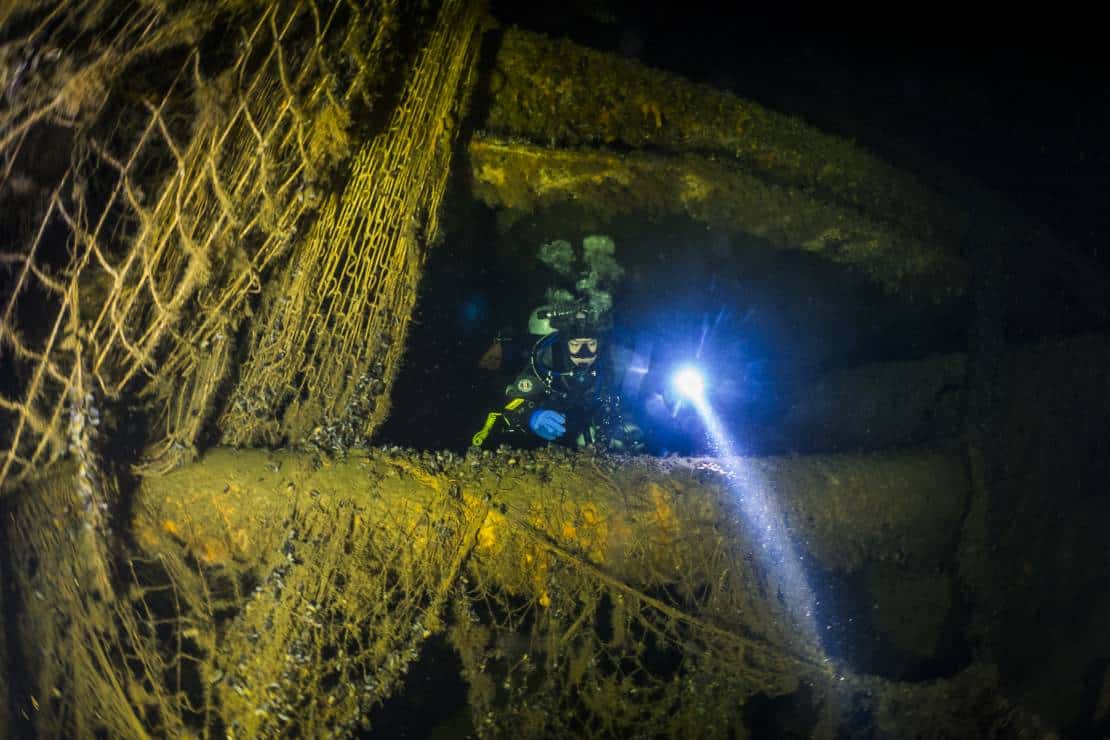
Despite appearances, the problem is not disappearing, despite the passing of successive decades, but is getting worse. Along with progressing corrosion of ship wrecks, containers and barrels with chemical weapons and ammunition, as well as increasing exploitation of the Baltic Sea, there is an increasing risk of harmful substances (oil and oil derivatives, toxic warfare agents and their decomposition products) getting into the waters and the bottom of the Baltic Sea as well as living organisms.This includes the risk of sudden, uncontrolled leakage of huge quantities of hazardous substances (including light and heavy fuels) as a result of collapse of the corroded wreck of the ship and unsealing of fuel containers.
In the case of the Franken vessel, investigations carried out by the Maritime Institute in Gdansk indicate that up to 6,000 tonnes of fuels and petroleum products may be deposited. The corroded wreck may collapse under its own weight and cause a sudden leak of large quantities of these substances. Meanwhile, according to the findings of the NIK audit, the Maritime Search and Rescue Service responsible for counteracting hazards and pollution of the marine environment caused by spillage of petroleum substances on the sea surface was capable of collecting, with its own forces and resources, about 3,000 tonnes of oil, and with the use of forces and resources of other units – up to 3,500 tonnes.
In the case of the Stuttgart unit, on the other hand, a patch with an approximate oily surface area of approximately 415,000 m² was found around the wreck. Furthermore, the extent of the bottom contamination is increasing. The research carried out by the Maritime Institute in Gdansk in April 2016 confirms the 2009 findings of the Institute. “(…) a local ecological disaster. An azoic zone (a zone devoid of life) has formed where the smear is deposited, and this zone is expanding with the smear, degrading the environment (…)”.
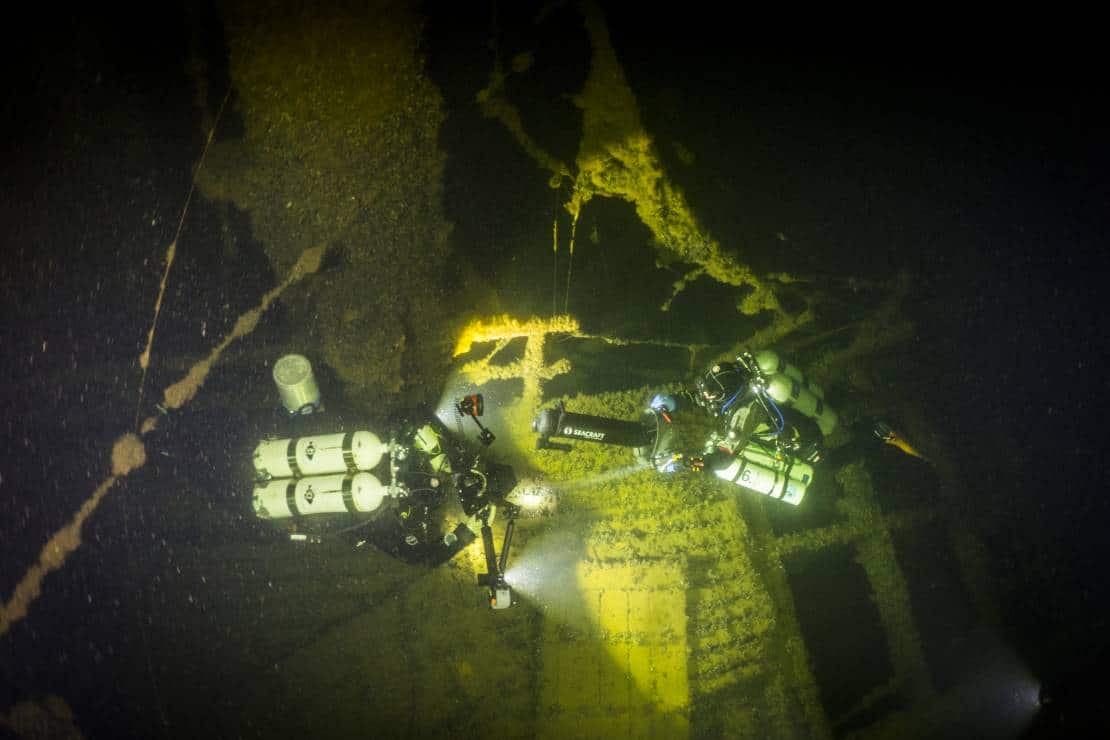
After World War II, the Allied Forces decided to dump large quantities of chemical munitions and stocks of toxic warfare agents in containers (crates) found in Germany, based on the Potsdam Conference. In the area of the Baltic Sea dumping places were determined (these were located outside Polish maritime areas or on their borders, e.g. Gotland and Bornholm depths).
However, according to the international research project CHEMSEA, the designated sites are not the only ones where chemical weapons were dumped or where dumped chemical weapons may be found. The presence of CW agents or their degradation products has also been confirmed in the Gdansk Deep and the Slupsk Trough – in Polish maritime areas. The “site” of storage of CW agents in the Gdansk Deep has a diameter of 0.62 nautical miles. In addition, chemical warfare agents were also found on beaches in Dziwnów, Kołobrzeg and Darłowo, which suggests the existence of a larger number of such “positions”, as well as the dumping of chemical weapons also during transport to designated sites.
The NIK audit covered the Ministry of Maritime Economy and Inland Navigation, the Ministry of Environment (now the Ministry of Climate), the Chief Inspectorate of Environmental Protection, the Maritime Offices in Gdynia, Slupsk and Szczecin, the Maritime Search and Rescue Service, the Pomeranian, Warmian-Masurian and West Pomeranian Voivodeship Offices. The audit covered the period from 2016 to the first half of 2019.
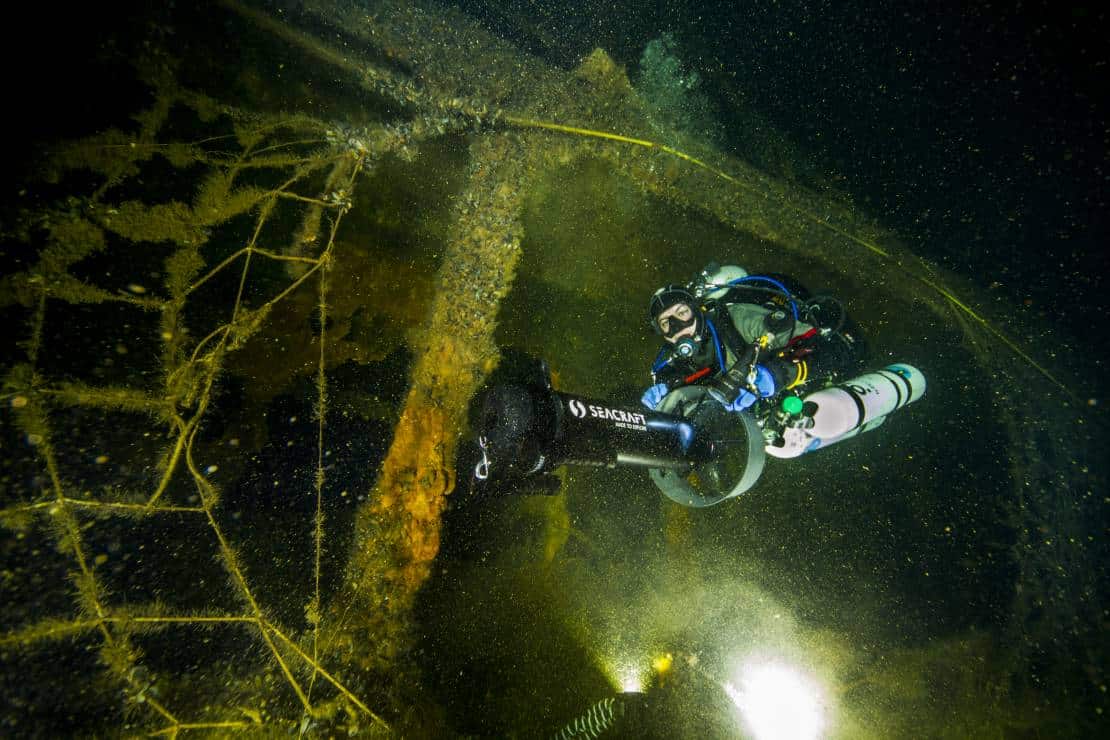
The Supreme Chamber of Control points to the lack of full identification of threats resulting from the laying of wrecks with fuel and chemical weapons at the bottom of the Baltic Sea. Maritime administration and environmental administration mutually burden each other with responsibility for counteracting these threats, without acknowledging their competences, whereas, in the opinion of the Supreme Chamber of Control, the division of duties in respect of identification of threats is clear from the regulations. Moreover, in places where such identification had already been made, the above mentioned administrations did not undertake preventive and intervention activities. Both the Minister of Maritime Economy and Inland Navigation and the Minister of Environment (now the Minister of Climate) were assessed negatively by NIK.
The maritime administration (the Minister of Maritime Economy and Inland Navigation together with directors of Maritime Offices: in Gdynia, Słupsk and Szczecin) despite the fact that even 70 years have passed since the sinking of ships and chemical weapons, has not made an inventory of the seabed, i.e. has not recognised the places, quantity, type and condition of hazardous materials (fuel and oil products from wrecks and toxic warfare agents and their decomposition products).
Methodologies and techniques have not been developed for estimating the risks associated with contamination of the marine environment. Even in the case of the German Franken and Stuttgart shipwrecks, which may pose the highest risk among the identified shipwrecks, as well as the sites of chemical weapons dumps located in the Gdansk Deep, no effective counteraction to these threats has been undertaken, which would lead to their neutralisation.
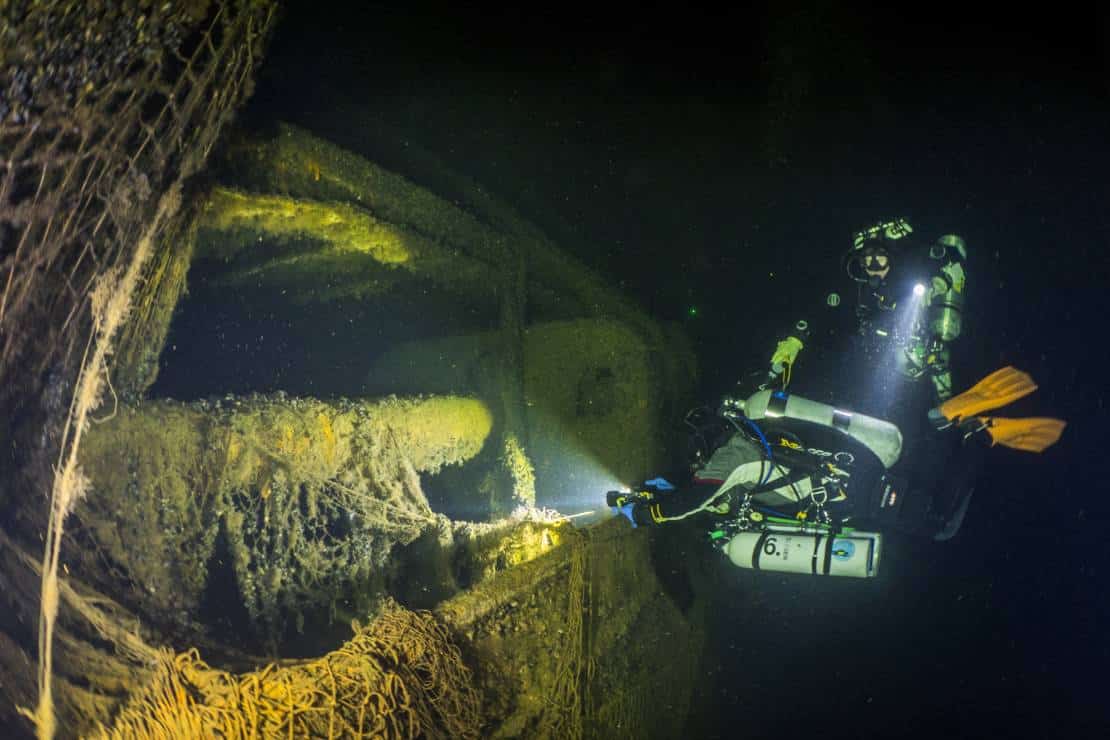
The Environmental Protection Administration (the Minister of the Environment, now the Minister of Climate, together with the Chief Inspector of Environmental Protection), despite having information on hazards posed by hazardous materials, did not monitor the waters of Polish sea areas, including sediments and living organisms (e.g. fish, mussels) for concentrations of CW agents and their degradation products and – except for benzo(a)pyrene – fuel and oil products from shipwrecks. Even the already identified sites of dumped CW agents and shipwrecks with fuel were not included in the water quality research and assessment. In particular, this concerned the chemical weapons “stockpile” located in the Gdańsk Deep.
Moreover, the Minister of Maritime Economy and Inland Navigation, exercising ownership rights of the State Treasury to the territorial sea and internal sea waters, did not apply to flag states of vessels sunken in the area under its authority for covering the costs of removal of wrecks or for other assistance in removing pollution caused by ships of such states. He also did not undertake actions to obtain information from other states about the locations, quantity and type of chemical weapons, which were dumped in Polish maritime areas.
Ensure ongoing monitoring of actions taken by the Minister of Maritime Economy and Inland Navigation, directors of maritime offices, the Minister of Climate and the Chief Inspector of Environmental Protection in respect of work on reliable assessment of the risks associated with the occurrence of hazardous materials (toxic warfare agents and their disintegration products as well as fuels and petroleum products from shipwrecks) in Polish maritime areas, as well as actions to be implemented in respect of the identified risks and ensure their financing;
carrying out a comprehensive identification of hazardous materials dumped in Polish maritime areas (toxic warfare agents and their decomposition products as well as fuels and petroleum products from shipwrecks) and recognition of the scale of threats in the identified areas of their presence (bottom inventory)
removal of direct threat from the Franken and Stuttgart shipwrecks lying on the bottom of the Baltic Sea;
to ensure, under the supervision of the Chief Inspector of Environmental Protection, the inclusion in the monitoring programme of marine waters of hazardous substances originating from: toxic warfare agents and their decomposition products, and fuel and oil products from the wrecks of sunken ships;
ensuring that indicators on CW agents and their degradation products, including organo-sulphur compounds and arsenic-organic compounds, are included in the set of characteristics for good environmental status of marine waters;
to bring about the inclusion on the list of priority substances of hazardous substances derived from CW agents and their degradation products, including in particular organosulphur compounds and arsenic compounds;
to include in the programme for monitoring marine waters and in the emergency management task of researching and assessing the quality of the marine environment the risks arising from the presence of hazardous substances from: toxic warfare agents, including in particular organosulphuric and arsenic compounds, and fuel and oil products from the wrecks of sunken ships, including in particular the area of the Stuttgart wreck;
ensuring full consistency of all crisis management plans applicable in the territory of a given voivodeship.
Source: nik.gov.pl
Photo: Michał Czermiński, Michał Procajło
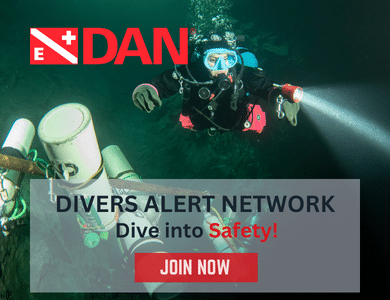
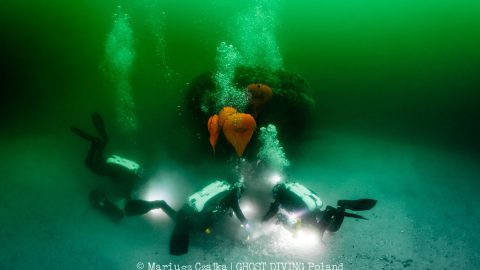


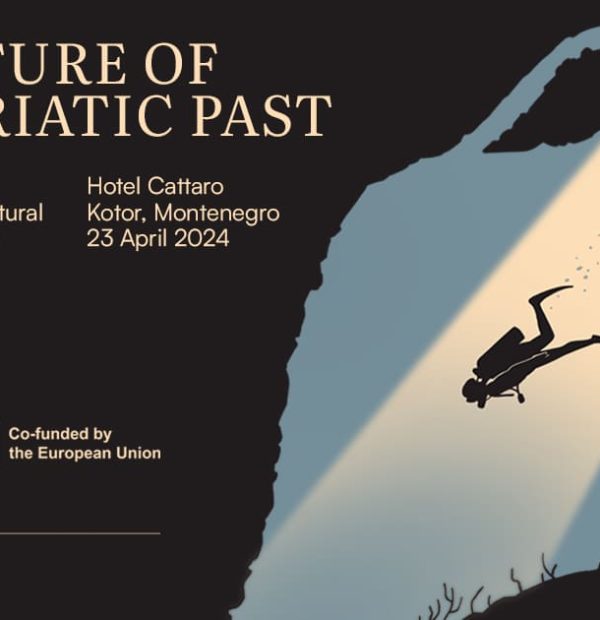



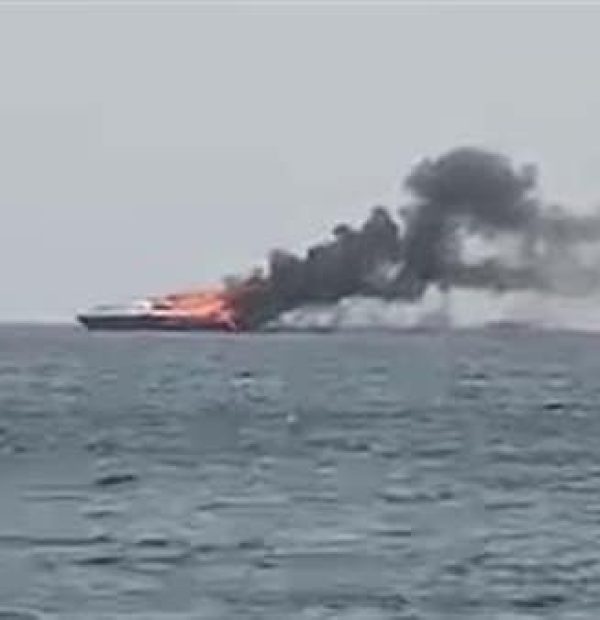

Welcome to DIVERS24.COM, your daily source of scuba news, freediving, scuba diving information, and equipment reviews. Our comprehensive coverage of the dive industry from A to Z provides you with all the latest scuba news, training updates, underwater photography tips, and everything else related to scuba diving. Whether you’re a beginner or an experienced diver looking for more knowledge about scuba gear or techniques – we’ve got it covered! With our in-depth articles written by experienced divers who have been there and done that, you are sure to find exactly what you need here at Divers24.com. Dive into scuba news today!
Underwater Media Sp. z o.o.
Szafarnia 11/F8,
80-755 Gdansk, Poland
Welcome to DIVERS24.COM, your daily source of scuba news, freediving, and scuba diving information. Sign in for a weekly news update and discount coupons for dive gear and apparel.
@2023 - underwatermedia.pl. All Right Reserved. Designed and Developed by Tworzenie stron internetowych Gdansk

The Divers24 portal is currently the largest online medium treating diving in Poland. Since 2010 we have been providing interesting and important information from Poland and around the world on all forms of diving and related activities.
Contact us: info@divers24.com